Hey guys, it’s your local celebrity. I will be signing autographs soon; meet me at Honey and Dough *insert Majimbo’s laugh*. When women said,”Consistency is key”, I certainly did not feel that. I am really sorry about my inconsistency; life just happens you know. However, thank you all for the support. I really appreciate. I was featured in the papers recently (Daily Nation) and I think it was a great win and I can die a happy man. Anyway, I know you have missed me so let’s get to it, shall we now? Wait, before we start, I hope y’all learnt how to do your make up, both ladies and gentlemen. You cannot just look crusty out here and that’s on…

Let me tell you, education in the two civilizations was really advanced. First, the baby stayed with the parents till they were 7. Parents taught them moral basics and all. Afterwards, they were exposed to a school curriculum which lasted 40 years. 40 years??? My fellow Kenyans, huu ni ungwana kweli? I mean, I have done about 15 years and I am already tired, how would I do 40? Even Pythagoras (the one who invented the Pythagorean theory of triangles, which I’m still wondering how I will apply it in my daily life) did not finish. He only did 22 years. Yes, Pythagoras was Greek but studied in Egypt because the system in Egypt allowed foreigners. In fact, quite a number of scholars studied in Egypt. They include Plato, Exodus, Thales, Solon etc. These foreigners referred to the system in Egypt as the Mystery System. I think it’s because they saw maajabu hehehe (please laugh).

Now you, you are always talking about becoming like your ancestors and yet 8 years of school are too hard for you, which ancestors are you becoming like?? Read and stay in school, dont make me come there and slap you (respectfully of course). Small small 4 years in university are giving you stress, check yourself!!

I know your next question is what was in this system? Okay, there is intense and INTENSE. This system was INTENSE. However, it equipped you with a lot of knowledge and skills. It basically molded a whole person who would develop themself and the society. It helped create an educated leadership which would progress the society (and the leadership did help unlike in a country called KENYA where the leadership just destroys and loots). Furthermore, the system was meant to help you with your spirituality as spirituality was very important to the two civilizations as stated in the previous article, which I trust that you’ve read.
“And Moses was learned in all the wisdom of the Egyptians, and was mighty in words and in deeds”
Acts 7:22
Okay, let me answer your question now. According to The Ancient Kemetic Roots of Library and Information Science by Itibari M. Zulu, Th.D, students were required to master the seven liberal arts of: grammar, rhetoric, logic, geometry, arithmetic, harmony/music, and astronomy; the ten virtues of: (1) the control of thought; (2) the control of action; (3) steadfastness of purpose; (4) identity with spiritual life to higher ideals; (5) evidence of a mission in life; (6) evidence of a spiritual call to Orders or the Priesthood in the Mysteries; (7) freedom of resentment when under persecution or wrong; (8) confidence in the power of the master teacher; (9) confidence in one’s ability to learn; and (10) readiness or preparedness for initiation (James, 1954, 30-31), and the union/principle of opposites, such as: negative-positive, male-female, material-immaterial, body-soul, love-hate, hot-cold, wet-dry, fire-water, war-peace; and a general Kemetic education requiring a dedication of one’s time to: (1) become a scribe (a highly honored profession which required disciplined study directed by a master teacher), (2) change (transform) because of new knowledge, (3) conduct independent study to improve one’s self, (4) study nature (natural phenomena), (5) believe in one supreme creator (God), (6) unify one’s consciousness with the universe, and (7) become like the supreme creator (God); with the overall aim being to exemplify the NTRU (diving) principles of Tehuti (a deity of writing and learning…) and Maat (a deity of truth, justice, harmony, equilibrium, cosmic law, and righteousness), and be a holistic (mind, body and soul) blend of theory and practice.
PS: GO BACK AND READ THAT WHOLE THING YOU LAZY KING/QUEEN
From the passage above, you have seen that their education involved a lot. In fact, quite a number of concepts being used in the modern world were originally from Egypt. Let me give examples: Hippocrates, who is considered the father of medicine, learnt in Egypt. He got his ideas from the explorations of Imhotep. Imhotep developed diagnostic medicine 2500 years earlier than when Hippocrates visited Egypt. Ancient Egyptians had knowledge in medicine. The Ebers Papyrus (I am not comfortable with the fact that it was named after the person who bought it) provides herbal remedies for different diseases. The Edwin Smith Papyrus (still not comfortable) is an ancient Egyptian text on surgery.

They could read and write. I HATE IT WHEN WHITE PEOPLE OPEN THEIR MOUTHS TO SAY THAT THEY INTRODUCED WRITING IN AFRICA. We are told that Osiris (one of the earliest leaders) introduced a writing called Medu neter or “writing of God”. The “writing of God” is commonly known as hieroglyphics. However, the people of Kush at some point changed their writing to meroitic hieroglyphics to keep their secrets from enemies. They wrote on scrolls made from papyrus reeds. They also had ink to write which was basically a mixture of vegetable gum, soot and bee’s wax to make a black ink. Colored ink was made by replacing the soot with other materials like red ochre.


There was also painting. They had a variety of colors for their painting just as they had for the ink. Painting could take place on a variety of surfaces like papyrus rolls, walls, wood etc.

The temples not only served as places of worship but also as universities. Two famous universities are Waset and Ipset Isut. In the universities, there were libraries. Dr Ivan van Sertima states that the libraries were divided into 5 departments namely astronomy and astrology (shout out the astrology community); geography; geology; philosophy and theology; law and communication. The priests in the temple also served as teachers. This is because the system that went on for 40 years basically equipped them with knowledge on everything. They could teach various subjects and also conduct worship. Furthermore, they also had military knowledge and in times of war, they would fight. The education in the temple made an all-round person who would serve the whole community perfectly. At Least there you could ask a physics teacher a question without them telling you “Do I look like your maths teacher? Go ask him that burukenge hii.”

They also underwent initiation in the temple. Initiation is basically a rite of passage. All African communities had initiation. Initiation made one ready to serve the community. One was taught traditions of the society. Furthermore, one was taught life skills like critical thinking, responsibility, teamwork etc. There was a lot of emphasis on teamwork.

Due to their knowledge, the society was technologically advanced. However, Kush was said to be more advanced than Kemet. This is because the lower population in Kush demanded that they had to rely on technology to do a lot of things. For instance, because agriculture was really important to the two civilizations, they came up with certain inventions: the ox-plough, sickle, irrigation schemes and canals. Those inventions easened labor.

Agriculture was further easened by the invention of the first calendar. This is because one was able to observe different seasons. There were two calendars. The first was the solar calendar which was used for day to day life. The second was the lunar calendar which was used for festivals. The calendar was invented through observation of the cycles of the sun. They also had clocks which were basically sundials (hope you paid attention in class 2). One reads time by observing the shadows made by the dials. There was even a water clock which I think functions in the same way an hourglass works.
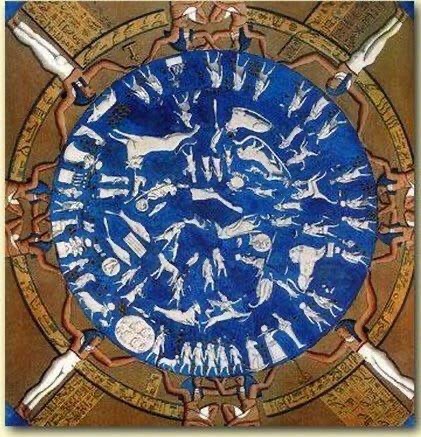
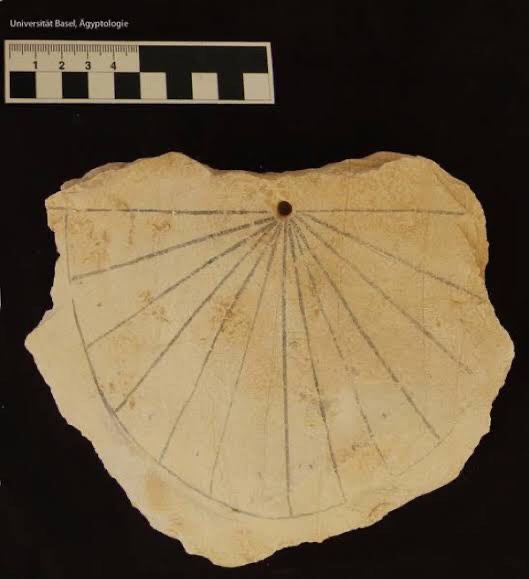
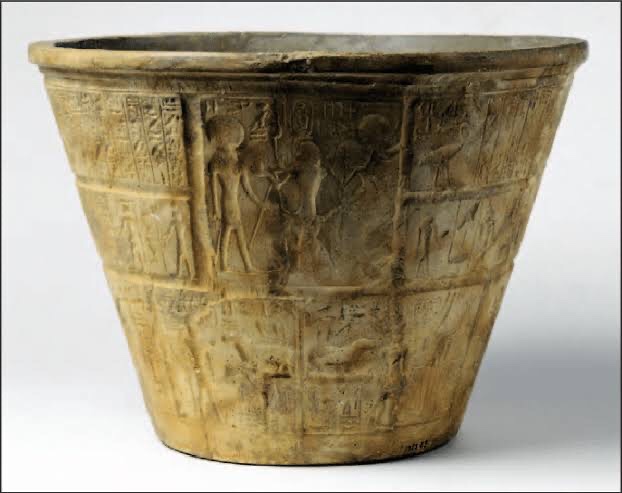

They had quite a number of industries there. There was iron smelting, glass smelting, drilling, mining, pottery, furniture etc. They even had heated bathrooms with heated piped water. Some sources even say there was electricity. There was also gunpowder. However, only high priests and priestesses knew how to make it because they were used in the worship of God Amun. If they actually used the gunpowder in war then maybe the civilizations would still exist. Safe to say they were caught lackin’ by their enemies
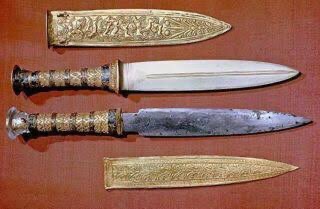
I think the most famous part of their technology is their architecture, particularly the building of pyramids. No Karen and Kevin, aliens did not build the pyramids but ancient Egyptians who were BLACKITY BLACK BLACK. I have two stories when it comes to the pyramids. The first one is that Kush built the pyramids first (by the way Kush has more pyramids than Egypt). Ahmed Bilal, Sudanese minister of information, claims that the pyramids at Meroe, Sudan, are 2000 years older than those in Egypt.

The second one is that the pyramids in Egypt are older. The oldest known pyramid was built in Saqqara. The architect was Imhotep who was also a priest and healer (Remember when I said that education enabled you to be an all-round person). It was built from hewn stone which was introduced by Pharaoh Djoser (Zoser). The pyramid was built for Djoser to be a royal tomb. Djoser’s tomb set the foundation for other royal tombs which were made as pyramids. Egyptian architecture had so much influence in different societies for example Greece. Diodorus Siculus, a Greek historian, in Library of History states:
“Thus, in conformity with the ingenuity of the Egyptians, the wooden statue in Samos is cleft in and the figure divided down the middle from the crown of the head to the genitals, each side being identical to the other. For the most part, they say, it resembles the statues of the Egyptians, in that its hands are held straight and the legs are parted in stride”

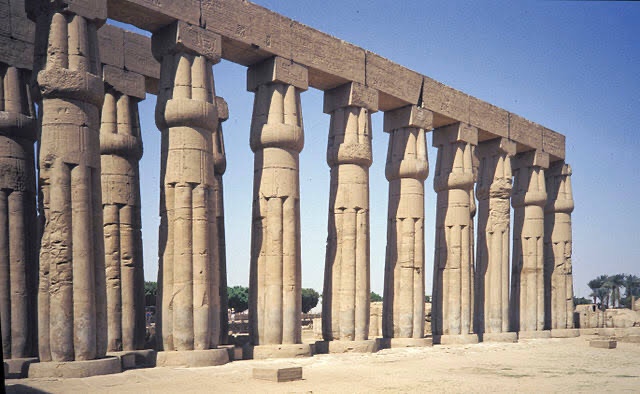

Also their military relied on their technology and education. Their education and technology enabled them to build weapons, for instance, iron was used to make daggers, axes etc. They also had boats for warfare (or you thought they just flew to Europe?). They had knowledge on marine navigation due to their holistic education. It should be noted that Kush had a stronger military than Kemet. Kush was exceptionally known for their use of the longbow. That is why Kush is often referred to as the “land of the bow.” (Nubians going to war)
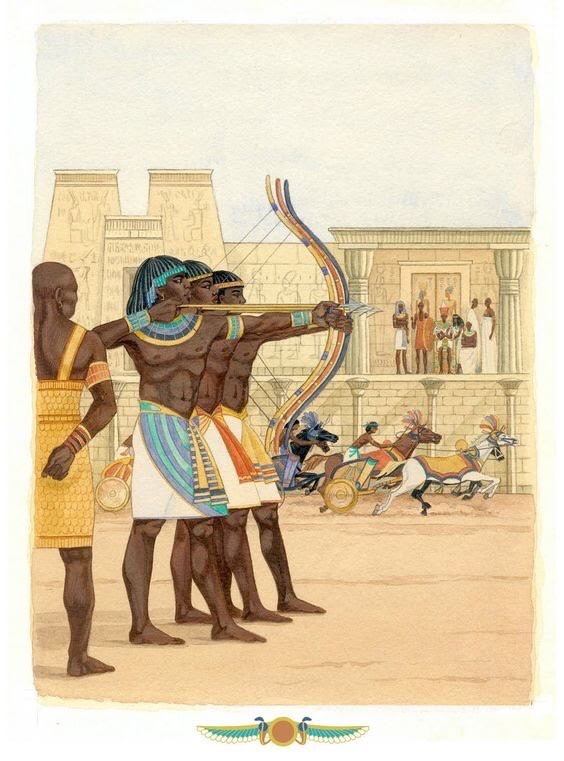
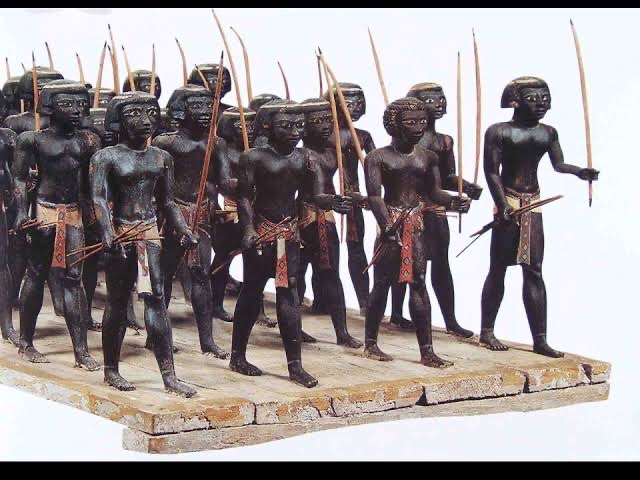
Transport was also made easier. There were boats to be used for water travel. There were also chariots. Easier transportation made things like trade easier, particularly for Kush which relied heavily on trade.

In conclusion, education and technology were really important for the advancement of the two societies. The societies relied on education and technology for their progress. It is said that the system of education in ancient Egypt set the foundation of modern day education. I guess that is all for today. Take care. Remember, the motherland breathes and lives inside you.
Very good and quite interactive
LikeLiked by 1 person
Thanks dad
LikeLike
Excellent story.
LikeLike
Interesting read💯
LikeLiked by 1 person
🙏 thank you
LikeLike
My blackity black black boy did it again, good stuff bro 🙌
LikeLike